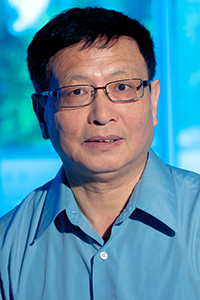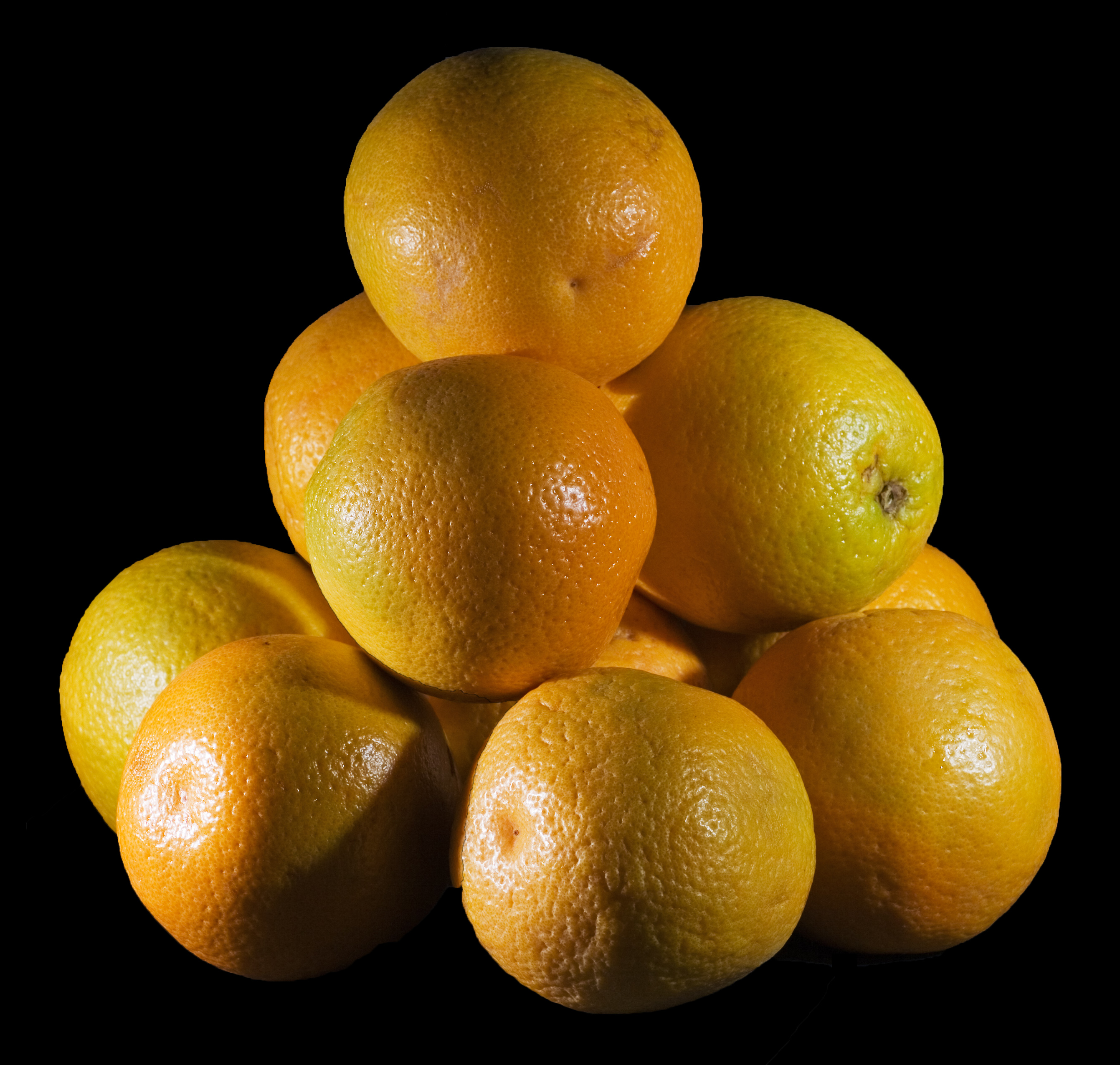Prime numbers
In the field of mathematics, prime numbers are whole numbers that cannot be evenly divided by any integer other than itself and one. The first 12 prime numbers are: 2, 3, 5, 7, 11, 13, 17, 19, 23, 29, 31, 37. Although the study of prime numbers is a very old field of mathematics, numerous intriguing questions remain. “Number theory,” as this field is known, is also increasingly indispensable in modern technology, as it underlies techniques for compressing and encrypting digital data.
One of the as-yet-unsolved questions in number theory is the twin prime conjecture, which asks if there are infinitely many “twin primes,” i.e., consecutive primes separated by a gap of just two. For example, in the list above, 11 and 13 are twin primes, as are 29 and 31. As we analyze larger and larger prime numbers, will we always continue to find such pairs? After decades of effort, this conjecture has still not been proven.
New results on prime gaps
In May 2013, Yitang Zhang, a previously unheralded part-time calculus instructor at the University of New Hampshire, announced that he had proven that there are infinitely many gaps that do not exceed 70,000,000. While this is not the same as proving the twin prime conjecture (this would require reducing 70,000,000 to just two), it certainly was a bold step in that direction and attracted the attention of mathematicians worldwide.
He was invited to present his work in seminars at various universities, but even mathematicians well-versed in number theory had difficulty following his work. One Harvard mathematics professor thought that Zhang’s talk was pretty incomprehensible, because everything hinges on some “delicate technical understandings.” But eventually researchers became convinced that his proof was valid, and reviewers of his paper recommended to the journal editor that it be published. Everyone viewed his mode of operation very positively, though it is unusual for a mathematician in his fifties to make such a breakthrough without a prior record of major accomplishment.
Soon after the appearance of Zhang’s manuscript, the problem was taken up by the Polymath project, an online collaboration of volunteer researchers including, for instance, Australian-American mathematician Terence Tao, one of the inaugural recipients of the Breakthrough Prize in Mathematics. By early 2014, this team had reduced the 70,000,000 figure to a mere 246. In other words, they showed that there are infinitely many gaps that do not exceed 246. It is not yet clear if the Polymath result is entirely sound, as it is still being studied in detail by other researchers. Moreover, the available preprint relies on many assertions, e.g., claims that a certain fact can be checked in Mathematica (a popular mathematical software package) or elsewhere, yet without giving sufficient detail to confirm the claim.
These results provide bounds on how small the prime gaps can be. In 1930 the distinguished Hungarian mathematician Paul Erdos offered $10,000 for a proof of a certain conjecture on how large these gaps can be. In December 2014, two separate papers announced proofs of this conjecture. Both papers have been submitted to a journal for review, and are being examined by researchers in the field. Erdos obviously cannot pay his $10,000 reward, because he died in 1996, so U.C. San Diego mathematician Ronald Graham, who collaborated with Erdos on numerous occasions, has offered to provide the monetary award, provided the two papers pass peer review.
The “ABC” conjecture
In 2012, Shinchi Mochizuki of Kyoto University in Japan announced that he had a proof for what is known as the ABC conjecture. The ABC conjecture gets its name from the simple equation a + b = c. If three positive integers which have no common factor satisfy a + b = c, then the conjecture is that the product of the distinct prime factors of d = a x b x c is usually greater than c (in a certain specific sense).
Mochizuki’s 500-page paper involved a new framework he dubbed “integer-universal Techmuller theory,” which even mathematicians experienced in the field found difficult (impossible?) to follow. Mochizuki responded with some additional details in reports dated December 2013 and December 2014. While researchers who are studying his proof have yet to identify any errors, it may well take several more years before they are able to confirm the work, one way or the other. Research is a communal process, and a theorem with a proof only the author understands is not a theorem.
The frustrated Mochizuki has castigated fellow mathematicians for failing to come to grips with his work. At least some of his colleagues agree, although they see little that can be done about it. “It’s a bit disappointing that no one has come out and said it’s right or wrong,” explains University of Oxford mathematician Minhyong Kim. “I sympathise with his sense of frustration but I also sympathise with other people who don’t understand why he’s not doing things in a more standard way.”
Both the prime gap work (especially the Polymath collaboration) and Mochizuki’s experience with the ABC conjecture underscore the fact that mathematics, like every other scientific field, is a social enterprise, and that effective communication and interactions between mathematicians are as important as brilliant thinking. As Mihaly Csikszentmihalyi writes in his 1996 book Creativity,
My work in this area has convinced me that creativity cannot be understood by looking only at the people who appear to make it happen. Just as the sound of a tree crashing in the forest is unheard if nobody is there to hear it, so creative ideas vanish unless there is a receptive audience to record and implement them. And without the assessment of competent outsiders, there is no reliable way to decide whether the claims of a self-styled creative person are valid.
According to this view, creativity results from the interaction of a system composed of three elements: a culture that contains symbolic rules, a person who brings novelty into the symbolic domain, and a field of experts who recognize and validate the innovation. All three are necessary for a creative idea, product, or discovery to take place.
Stacking oranges
Computation is also becoming an essential part of modern mathematics, as it was employed in several of the studies mentioned above.
Many of us have marveled at stacks of oranges in the supermarket. Is this indeed the most space-efficient way to stack spherical objects? This question was first posed formally by Johannes Kepler in the early 1600s, but remained unanswered until 2003, when University of Pittsburgh mathematician Thomas Hales announced completion of a long proof that involved substantial computation as well as formal mathematical reasoning. When Hales submitted his proof to the prestigious journal Annals of Mathematics (the same journal to which Zhang submitted his paper on prime gaps), the referee panel reported that they were “99% certain” that the proof was sound, but that they were unable to verify the correctness of the many computer calculations. The Annals decided to publish the paper anyway, but many mathematicians were still uneasy with Hales’ computer-based approach.
Disappointed at this equivocal reception to his paper, Hales embarked on a decade-long effort to encode every step of reasoning in his paper using a formal mathematics system that could be verified in toto on the computer. On 10 August 2014, Hales announced that Project Flyspeck, as the effort was named, was complete. But even this has left some mathematicians uneasy, because, of course, the Flyspeck project itself involved substantial computer coding and computation. So when is a computer proof really a “proof”?
Is the nature of mathematical proof changing?
Other examples could be offered of recent mathematical work that (a) is documented in a long, difficult-to-understand paper, so that months or even years may transpire before it can be certified as valid or invalid; (b) involves a large Internet-based collaboration of researchers, with individual researchers contributing to a central result and critiquing each other’s work; or (c) involves substantial computation, either in the underlying research leading to the result or in the “proof” of the result itself.
What will the future bring? Even more difficult-to-read papers, requiring even more time to decide yea or nay? Even larger Internet-based collaborations? Even more sophisticated computer-based proofs? According to a panel discussion of the winners of the 2014 Breakthrough Prizes in Mathematics, the answer is most likely “yes” to each of these questions, but there is no need to despair. For example, according to Terence Tao, even in 100 years from now much of mathematics will continue to be done largely by humans, although humans will rely on computers more and more, and the distinction between human- and computer-based mathematics will blur.
With regards to the reliability of computer-based mathematical work, it is now commonplace in such studies to repeat key computations using two completely different algorithms, on different platforms, sometimes even coded by different persons. If the results of two such independent computations agree, then this is compelling evidence that both computations are very likely correct, even though they do not qualify as formal mathematical proof. In the future, computation may well trump brainpower in an increasing number of cases.
A number of these issues were explored in a July 2014 workshop on experimental mathematics held at the Institute for Computational and Experimental Research in Mathematics (ICERM) at Brown University. While no firm answers to questions such as these were produced, at least a framework for discussing these issues was established.

